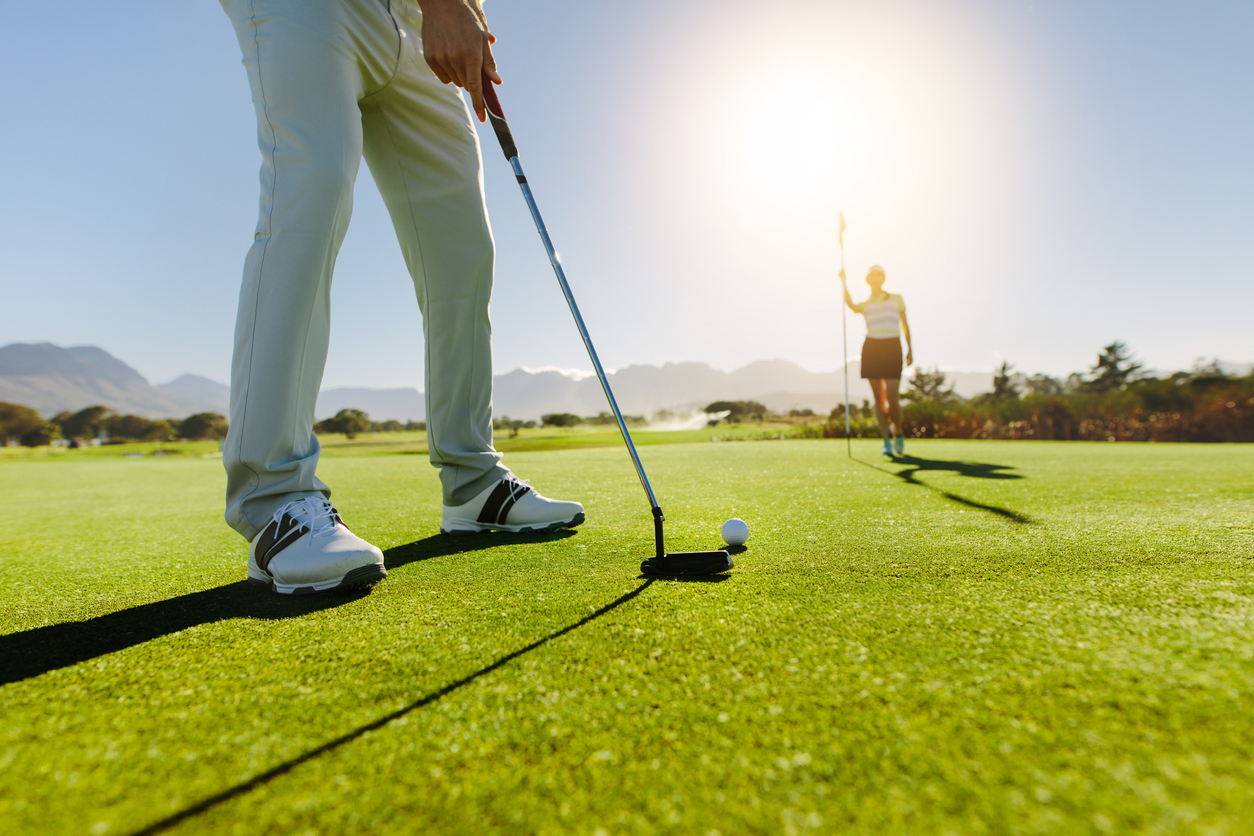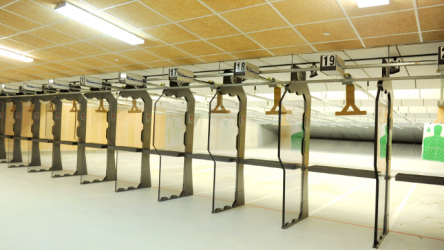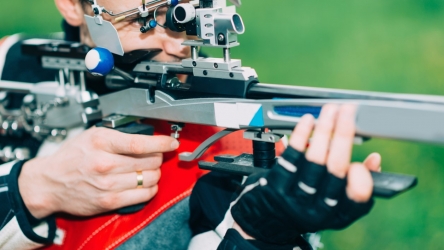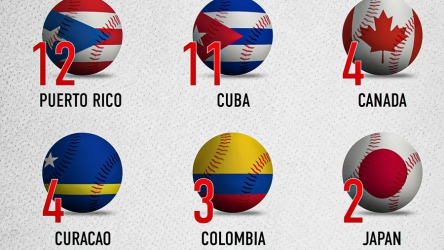
There are plenty of tips on golf instructions. How one should tee a ball, the various tactics to get it straight, etc. etc. But there’s one such technique that most golfers want to know about. And that is how to hit down on the golf ball.
If you’ve ever heard the phrase “Stop trying to lift the ball.” You’ve come to the right place to stop doing that! It may seem simple enough to strike beginner golf balls, right? You have to hit the ball with your club. That’s about it. But it’s a little more complicated than that.
How you contact the ball is very important. What’s also important is how you attempt to contact it. Confused? Let me break it down for you.
[YouTube video: https://www.youtube.com/watch?v=JFnfBvYVtrA]o
Drills for Hitting Down on the Golf Ball
It might make sense to hit high to go high, right? Wrong! To be able to get the ball high in the air, you have to hit down on the ball. Let’s not forget that iron clubheads have loft while the ball is round. But the way these elements work together is totally different.
Beginner golfers tend to slide the clubhead under the ball to lift it. But the way a golf club is designed. It’s not supposed to lift the golf ball into the air. You’re supposed to hit the ball or rather ‘strike’ it as it ascends.
When you swing the club, the iron’s face strikes the ball once you reach the arc’s bottom. Only then will the ball compress. Swing backward toward the iron, go up the iron face, decompressing, then impact. This impact sends the ball into the air.
The attempt to contact the ball with the iron face is critical. It’s when you downswing that the positioning of the iron face and ball must be correct. If not, it all goes to waste. And there’s no point in even knowing how to hit down on the golf ball.
This brings me to the next segment of the article.
#1 The Ball

The ball must be positioned with the logo stamp on the left side. You want to strike the ball when it’s within your stance. If it’s off, you can’t take a step back to make it hit-able. But why not?
Taking a step back to get into a stance will result in an incomplete downswing. However, taking a forward shift as you position the ball to the left side of your chest. That will give you a better angle on the downswing.
So shift the ball and nothing else.
#2 Your Posture

Golfer’s posture is just as important. It’s not only about getting into the right pose. It’s about staying there. You must stay put during your downswing and through.
Straightening up is fine too. But as long as your chest keeps facing the ball. That way, you can view the ball and the shot while taking it.
Another important tip to hit down on the golf ball is your transition. With the ball aligned to your left side. How you move your right side including your shoulders, arm, and knee. Always drive the right side toward the target. You can maintain a high downswing with it.
It also helps to strike through with the body and not just the iron. Iron players know and understand this technique very well. You will also feel a solid contact with the ball. Helping you to hit down to aim higher.
Final Thoughts
If you’re unable to hit higher, chances are you’re not hitting down enough. Every incorrect shot you take should teach you to take the next one a little better. If this means you need to correct your posture, adjust the ball, so be it.
I can understand that hitting the ball to make it go up into the air seems illogical. But in fact, in golf, the opposite is logical and practical. In tennis, this might seem like a false technique. Because if you want to aim high, you’ve got to raise the ball from the bottom like the racket.
In golf, it has more to do with how you shift your weight while impacting the ball. That’s right; the body-swing connection is critical.
So instead of the ball crashing into the green, the club iron hits dead-on and high. After all, everything about golf is in the details and that makes it one of the most difficult games to play.
About the author:
Tanya Howard aims to create the ultimate golfing platform for golf enthusiasts just like her. Her obsession with the sport is quite evident in both the online and offline space. She spends most of her day training and teaching golf. And when she’s not doing that, Tanya Howard is sharing her vast, expert knowledge by publishing comprehensive articles across the web.







